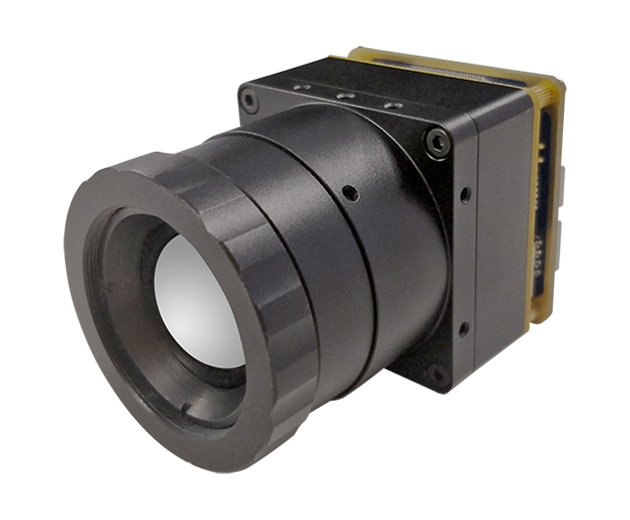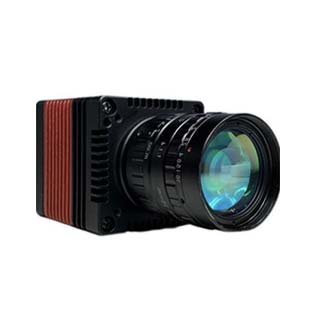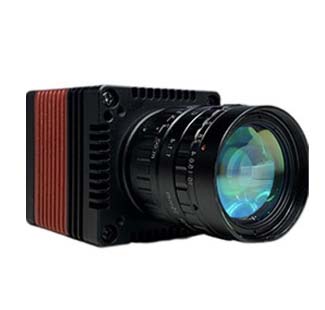Short-Wave Infrared (SWIR) camera modules have seen significant advancements in recent years, revolutionizing various industries with their unique imaging capabilities. As technology continues to evolve, it is important to explore the future trends in SWIR camera module development and understand the potential impact they may have. In this blog post, we will delve into some of the key trends and advancements that we can expect in the field of SWIR camera module development.
Miniaturization and Integration
One of the key trends in SWIR camera module development is the ongoing miniaturization and integration of components. As technology progresses, the size of SWIR cameras is expected to become smaller while maintaining or even improving performance. This trend opens up new possibilities for compact and portable SWIR camera modules that can be easily integrated into a wide range of devices and systems. The integration of SWIR cameras with other sensors and technologies, such as thermal imaging or hyperspectral imaging, can further enhance their capabilities and enable new applications.
Improved Sensitivity and Image Quality
Advancements in sensor technology and image processing algorithms will lead to improved sensitivity and image quality in SWIR camera module. Higher quantum efficiency and lower noise levels will enable enhanced detection and imaging capabilities, particularly in low-light or challenging environments. The development of advanced noise reduction techniques and image enhancement algorithms will further contribute to sharper and more detailed SWIR images, enabling better analysis and decision-making in various applications.
Expanded Spectral Range
While SWIR cameras already offer extended wavelength sensitivity beyond the visible spectrum, future developments are expected to push the boundaries even further. Researchers and engineers are exploring the possibility of developing SWIR camera modules that can detect even longer wavelengths, reaching into the mid-wave infrared (MWIR) or even long-wave infrared (LWIR) regions. This expansion of the spectral range would enable new applications and provide valuable insights in fields such as material analysis, gas detection, and environmental monitoring.
Higher Frame Rates and Real-time Imaging
Another area of focus in SWIR camera module development is the improvement of frame rates and real-time imaging capabilities. Higher frame rates enable the capture of fast-moving objects and dynamic scenes with greater accuracy. Real-time imaging is particularly important in applications such as surveillance, robotics, and autonomous vehicles, where quick decision-making and response times are critical. Advancements in sensor technology, data transmission, and processing power will drive the development of SWIR camera modules that can achieve faster frame rates and deliver real-time imaging performance.
Cost Reduction and Accessibility
As with any technology, cost reduction is an important factor in driving wider adoption and accessibility. The future of SWIR camera module development will likely focus on finding ways to make these modules more cost-effective, without compromising performance and quality. This could involve advancements in manufacturing processes, the use of new materials, or the development of more efficient production techniques. A decrease in the cost of SWIR camera modules would open up opportunities for a broader range of industries and applications, fueling innovation and driving their widespread use.
The future of SWIR camera module development holds exciting possibilities for advancements in miniaturization, integration, sensitivity, spectral range, frame rates, and cost reduction. These trends will contribute to the further proliferation of SWIR camera modules across various industries, enabling new applications and enhancing existing ones. As technology continues to evolve, we can expect SWIR camera modules to become even more powerful, compact, and accessible, unlocking a wide range of imaging capabilities and paving the way for innovative solutions in fields such as industrial inspection camera, medical imaging, defense, and scientific research.




